Last-Minute NYC Holiday Gift Guide 🎁
We’ve created a holiday gift guide with presents for the intrepid New Yorker that should arrive just in time—


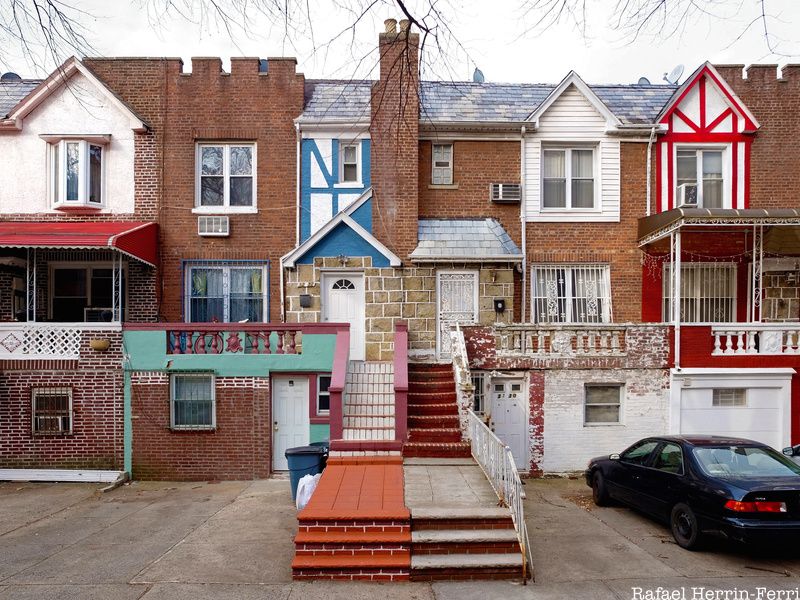
Queens is New York City’s most diverse borough, both culturally and in terms of its residential architecture. Throughout the borough, you can find amalgamations of different architectural styles, personal touches, and cultural influences from all over the world resulting in houses that are truly unique. In his book, All the Queens Houses, Spanish-born Queens-based architect and artist Rafael Herrin-Ferri creates an architectural portrait of the borough that captures how the homes reflect the diversity of their residents.
The types of houses featured in the book include “row housing, semi-detached two-family houses, detached single-family houses of the early twentieth century, and more contemporary three to five-story apartment buildings on small lots.” Creating a broad study of the urban house, the book also calls attention to smaller architectural features such as entryways, stoops, and garden elements that make Queens houses intriguing to passersby at the street level. Here, we highlight 5 of those features and how they make Queens homes stand out among the rest!
Continue exploring the quirky architecture of Queens in our upcoming Untapped New York Insiders virtual talk with Rafael Herrin-Ferri on March 16th! In this talk, you’ll see some of the more than two-hundred images featured in All the Queens Houses. This live-streamed event is free for Untapped New York Insiders. Not an Insider yet? Become a member today and gain access to free in-person and online events as well as our archive of 150+ on-demand videos. You can grab your own copy of All the Queens Houses from a local Astoria bookshop here!
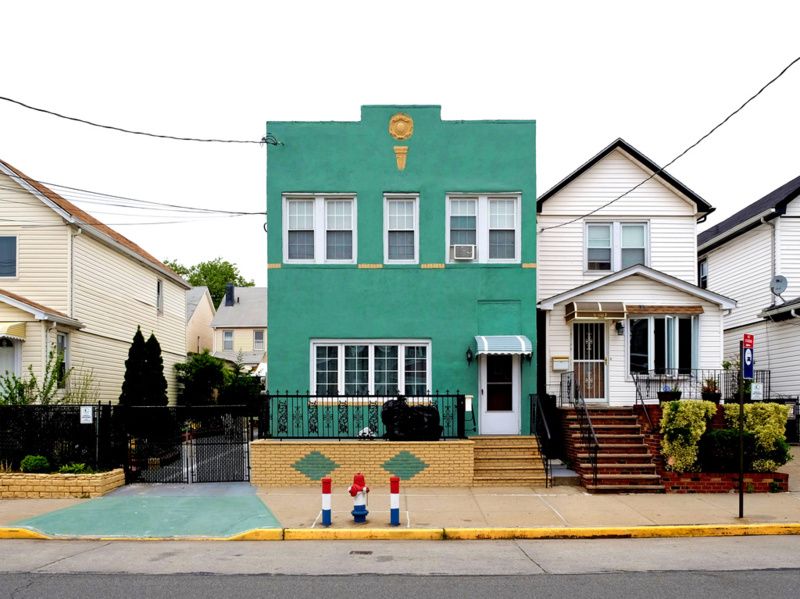
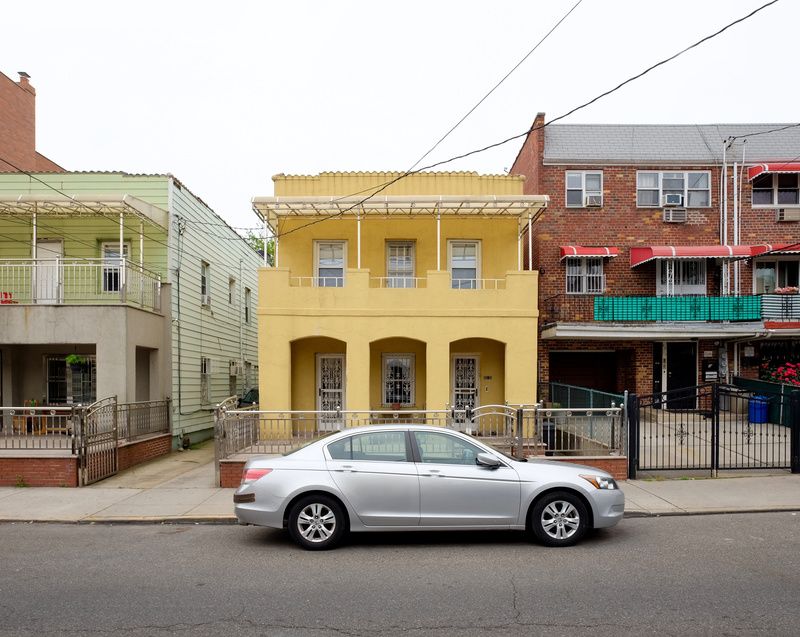
Herrin-Ferri started documenting the houses of his borough back in 2013. His block-by-block survey was completed in 2020. Walking and biking through the borough, he captured portraits of houses that some might deem “distasteful, kitschy, ill-proportioned, misshapen, or just plain ugly.” To Herrin-Ferri however, these houses “reflect the evolving every day, incrementalist spirit of the borough.”
One of the bold ways Queens residents personalize their homes is by painting them vibrant colors. It’s not uncommon to see a pop of blue, green, yellow, or pink among a row of otherwise dull-toned buildings. Sometimes, the paint color even extends to the fence, stoop, driveway, and sidewalk. In researching some of the houses he photographed, Herrin-Ferri came to learn that the colors often have cultural significance.
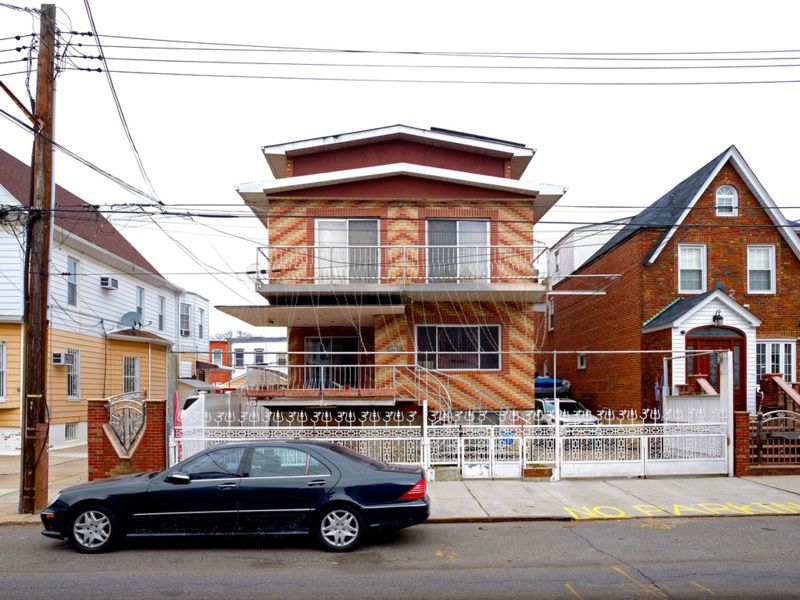
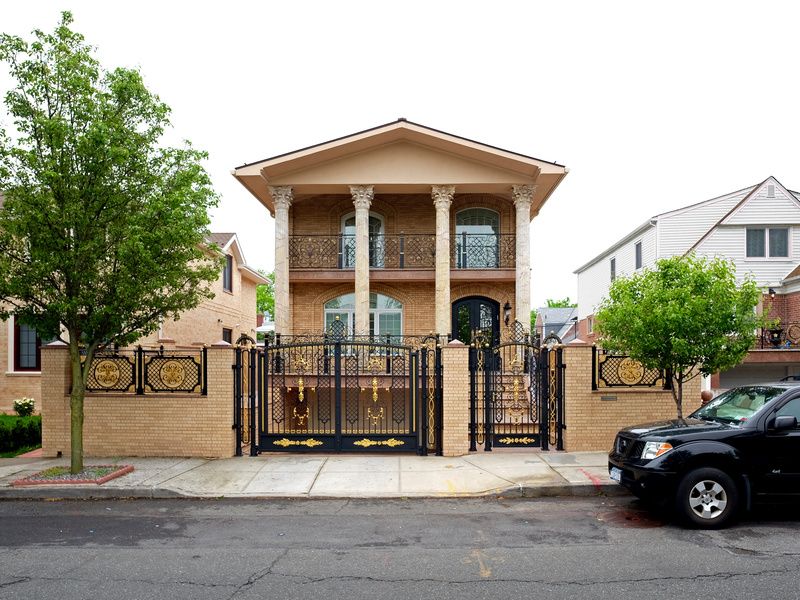
In the book, Herrin-Ferri gives each house photographed a descriptive name such as “Holy Zebra House,” “Green Elf House,” or “Dutch Vinyl Makeover.” The names point out the most striking features of the homes. Interpretive texts that accompany the images in the book reveal “a colorful history of alterations and architectural references.”
Another architectural feature Queens residents use to make a statement is fencing. Fences throughout Queens come in a variety of materials, but most are wrought iron or stainless steel. These metals can be formed into ornate patterns, symbols, and characters that are purely ornamental or that have a cultural significance. As the New York Times noted in its 2022 article about the proliferation of stainless fences in the borough, they also can serve as a status symbol. Brightly colored lions that top masonry fence posts are another feature Herrin-Ferri often observed.

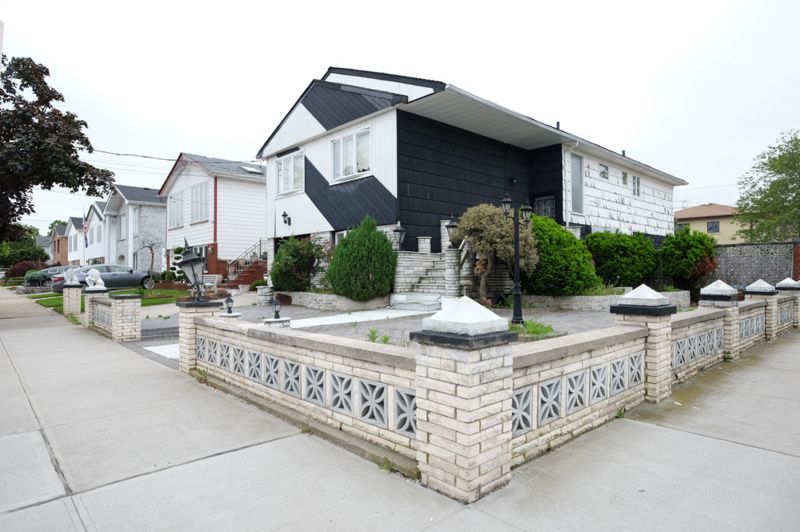
It’s not uncommon in Queens to see two neighboring homes with two completely different facades. One may be brick while its neighbor is covered in vinyl siding. One half might be a solid-colored stucco while the other is stone, or there might be a little bit of everything as in the photo above!
In addition to the frontal, New-objective style images of individual homes that Herrin-Ferri shows in the book, there are also full-page detail shots and street perspectives that offer a “more personal and pedestrian point of view.” These broader views show how individual homes co-exist within diverse streetscapes.
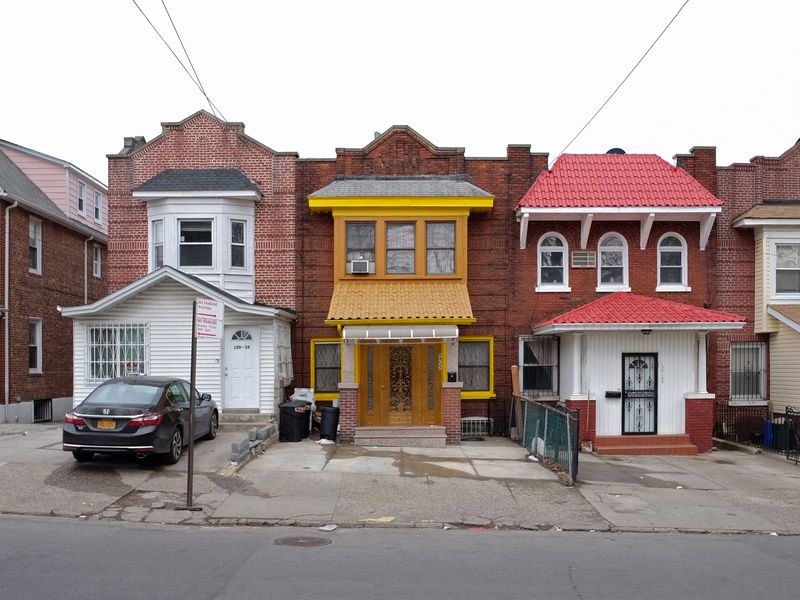
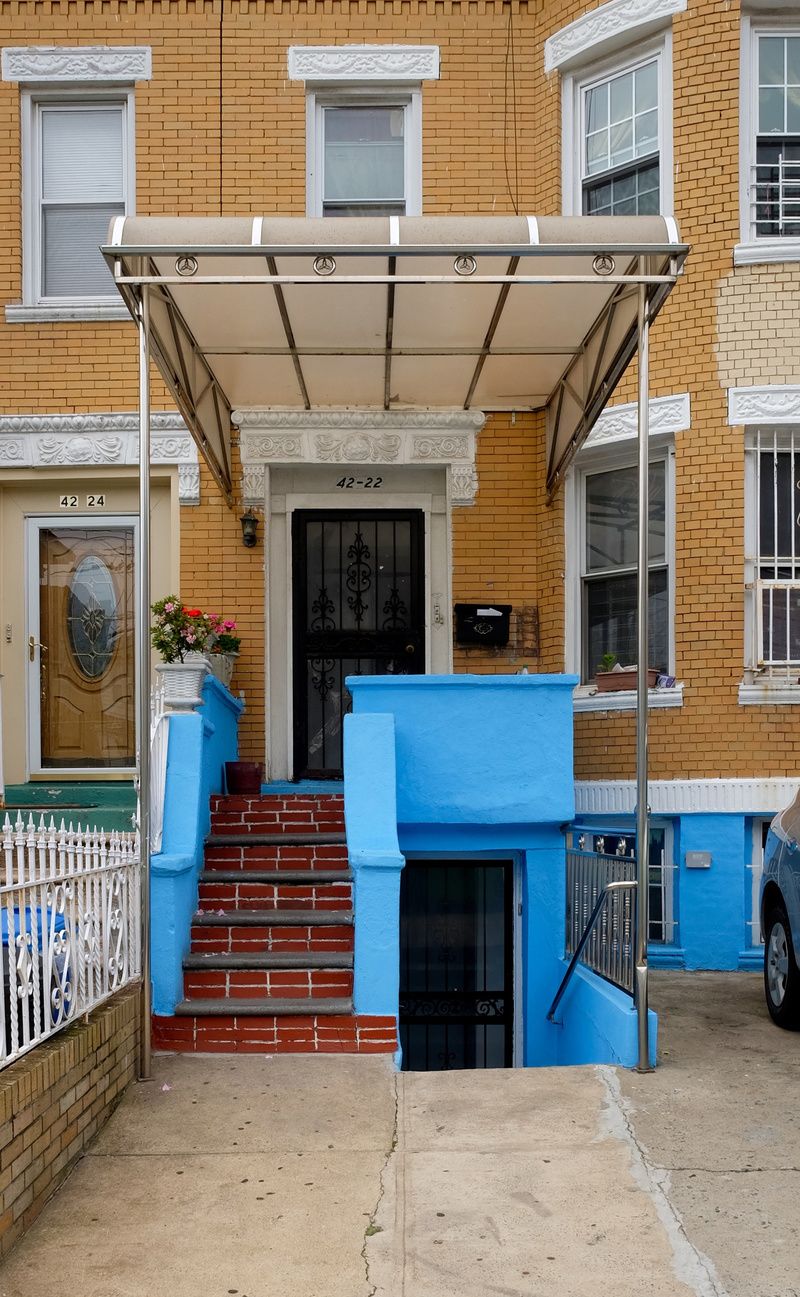
Like fences and facades, doorways and stoops come in as many colors and shapes as you can imagine. In the first photo above, you can see three completely different styles all right next to each other. Stoops likewise vary widely, from classic brick to painted colors.
The color and character shown in these different architectural elements are traits that Herrin-Ferri notes “seem to be ignored by most present-day developers as they cater to the appetite for ‘affordable-luxury’ apartment buildings that hide all of their attractive amenities on the inside and offer very little to the public at street level.”
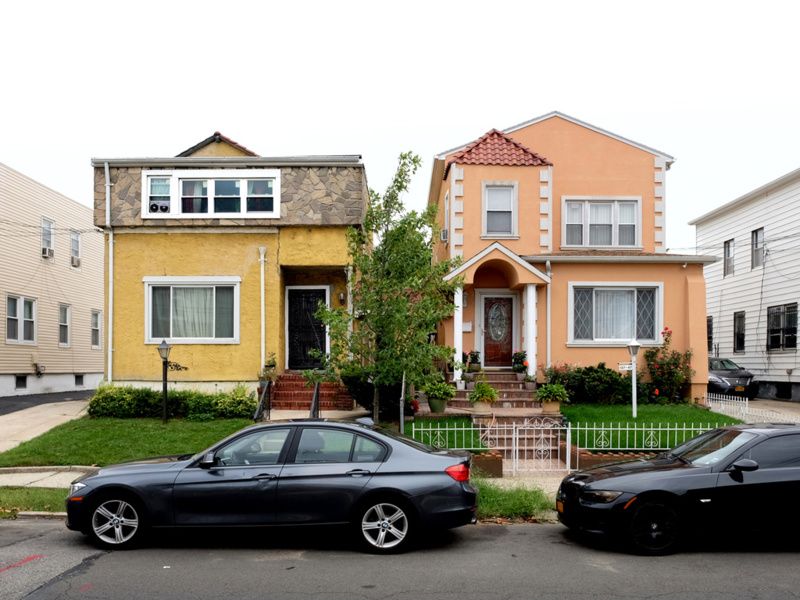
Front and back lawns and gardens are another area where Queens residents get to express themselves. While some go for simple suburban-like manicured green lawns with some flowers and shrubs, others adorn their yards with sculptures, water features, and elaborate gardening.
Browsing through Herrin-Ferri’s Instagram, you’ll see yards that feature gardens that look fit for a castle in England, fence to fence Astroturf, and a reclining Budha statue. The outdoor spaces are an extension of the house’s architectural expression. See more stunning images of Queens architecture in our upcoming Untapped New York Insider virtual talk with Rafael Herrin-Ferri!
Next, check out The Top 10 Oldest Houses in Queens
Subscribe to our newsletter